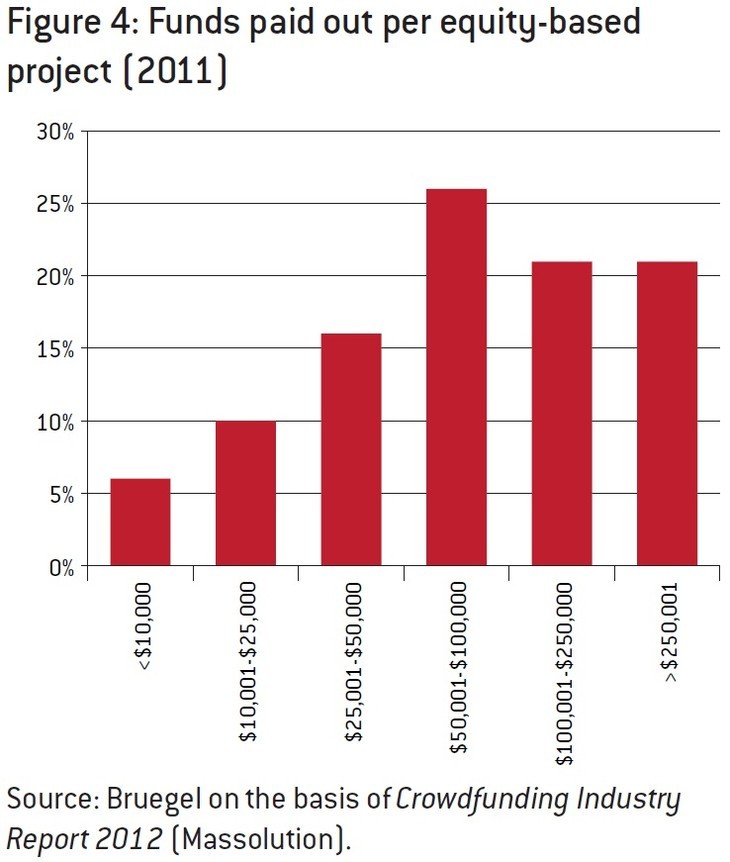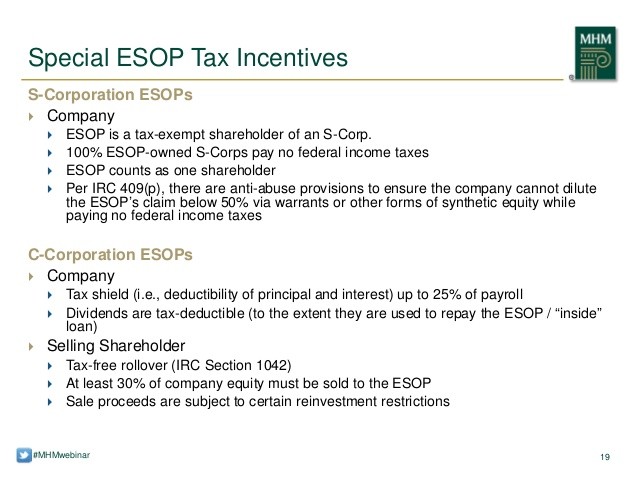How Private Companies Can Develop EquityBased Incentives
Post on: 23 Май, 2015 No Comment

Public companies have long used stock options and other equity-based incentives to reward their executives. As a result, stock options have become an extremely lucrative portion of the total compensation for executives of publicly traded companies. Considering the enormous amount of wealth that has been created through stock options for executives, it should come as no surprise that private companies find themselves at a disadvantage in attracting, retaining, and motivating top executive talent, largely due to their limited ability to issue stock options.
Now, however, a growing number of private companies are looking for -and finding — ways to compete for executive talent by offering their own version of equity-based or equity-like incentives. This article presents case studies of two privately held, nationally known companies-a wholesaler of giftware and novelty items and a food ingredient manufacturer-to illustrate three key points:
1. The options available to private companies;
2. How private companies can determine whether some form of equity-based compensation is right for their situation and, if so, in what form; and
3. How private companies can structure equity-based or equity-like incentive plans.
Not surprisingly, the experiences of these two very diverse companies highlight how differently this process can play out depending on the company’s specific circumstances. As a result, one company opted to develop a full equity-based incentive program for its executive team, while the other company came to a very different conclusion based on the same analysis. It chose not to offer equity to its executives, but instead developed and offered a plan that mirrors an equity-based plan without diluting company ownership.
COMPANY A: REWARDING WITH EQUITY
Following a successful turnaround, a nationally recognized wholesaler of giftware and novelty items, which has been family owned since its founding in 1946, decided to provide some form of equity-based compensation package for the executive team that helped orchestrate that turnaround. This was not surprising considering that since the turnaround in 1995, the company’s sales and gross margins have steadily increased, recently bringing the company back to profitability.
Although initial efforts to work through the downturn brought on by the economic recession of the early 1990s were unsuccessful, the company, led by its core executive team, eventually downsized and refocused its products and marketing. Now, going forward, the company’s strategic plan calls for continued development of highly visible brand names, a focus on the most profitable product lines, and consideration of strategic acquisitions.
As the company’s fiscal health improved, recognizing the contributions and loyalty of several key members of the management team in operations, merchandising, and sales became of paramount importance. These individuals had remained with the company through its most tenuous period and helped effect the turnaround. With the turnaround complete, the CEO and the vice president of sales, the two owners of the company, wanted to reward these executives for their loyalty and hard work. Longer term, the owners wanted to ensure that the company would be able to retain these executives, while also having some way of sharing the expected future growth and profitability of the company with them.
The Equity Question from Both Sides of the Fence
Making the decision on whether to offer equity will depend greatly on a specific company’s business circumstances. Yet, companies should not overlook some other important considerations when weighing the pros and cons of providing an equity stake in the business.
The Owners’ Point of view. In a family-owned business, for example, providing equity-based compensation raises a number of financial and emotional issues for the owners. Over the life of the company, owners often make major personal and financial sacrifices to keep the company afloat and growing, in many cases going so far as to pledge personal assets to obtain financing. Of course, the company’s owners have also put up with the inevitable long hours, extensive travel, stress, and other commitments of running a business.
Considering all this, it is not surprising that many owners are not completely comfortable giving away a piece of the business, even if it is to a deserving executive team. From a more practical perspective, equity ownership causes justifiable concerns about sharing detailed financial information with executives who are not part of the family or principal ownership.
The Executive Angle. Even executives receiving an equity stake do not do so without qualms. First of all, equity ownership often requires executives to use their own assets to purchase the equity. In fact, equity based incentives may not appeal to many executives who think that they have enough at risk without adding equity ownership in a privately held company with only a few owners. Executives are also likely to be concerned about how the equity should be valued, the future risks of ownership, and the potential for selling their equity in the future, i.e. putting the stock back to the company at some later date.
Because of all these issues, executives are likely to name cash, and lots of it, as their pref6rred form of compensation. Unfortunately, smaller private companies find that cash is usually tight, particularly if such companies fall into the lower range of market capitalization (the common stock outstanding multiplied by the market price of the stock) used to rank publicly held companies. Small companies usually manage cash flow tightly, especially if they are leveraged with high-yield debt.
To work through these issues before offering equity-based compensation, it is important for executives and owners to educate themselves about various equity-based and equity-like incentives and how they work. This way, both parties can end up with a plan that suits all their needs.
The owners also felt that it was time that the company rewarded these executives not only for their contributions to the company but also for their sacrifices in accepting modest compensation while the company struggled back to profitability. Not only was these executives’ base pay relatively low, but the company’s benefits package was not as generous as is typically found in larger companies that are publicly owned. For example, the company provided no long-term capital accumulation or pension plan other than a 401(k) plan that did not provide a company match.
Balancing Company and Executive Needs
It was clear to the owners that the existing compensation and benefit plans were inadequate to reward the executives at the desired level. However, with the company still strapped for cash despite the turnaround, the owners were not interested in increasing base salary dramatically or implementing generous short-term cash incentive programs. Instead, the owners began considering how to provide the executives with some form of equity ownership that would be tied to the company’s future financial performance. The only question that remained was whether the executives were amenable to such a compensation arrangement. (See the sidebar on the previous page for more on owners’ and executives’ views on equity-based compensation in a private company.)

Fortunately, in this case, the executives believed that the company‘s future growth prospects were good and that it might become an attractive acquisition target in the future. Even though the executives were pressuring the owners for more cash compensation, they were also interested in obtaining a percentage of ownership. The company had recently gone through a valuation exercise in an attempt to obtain additional financing, the results of which it shared with the executive team. Because the valuation was based on a third-party analysis, the executives were confident in the valuation methodology and the company’s estimated value.
Designing the Plan
Assured of the executives’ interest in equity-based compensation, the owners decided that they would award each of the three executives an outright grant of restricted stock equivalent to 5 percent of the company’s equity per executive. The restriction provision simply required that the executives remain employed by the company for five continuous years of service from the date of the grant.
Each executive also received options to purchase additional shares of company stock based on the attainment of specific financial goals, with total equity ownership potential for each executive capped at 8 percent of company equity. Once they reached that cap, the executives would receive any long-term incentive awards in cash.
The next step was to design the specifics of the plan. Overall, the plan would be based on a five-year strategic plan developed by the owners and the executives. The plan detailed specific goals for company revenue, earnings before interest and taxes (EBIT), and profitability. Based on the plan, the sooner the company achieved its EBIT targets, the sooner each executive was entitled to a percentage of the EBIT generated. The executives could then choose to receive payment in either cash or additional equivalent shares of company stock based on valuation at that time.
The company also implemented a short-term incentive program whereby each executive would be rewarded for achieving specific goals geared toward improving operational efficiency, increasing gross sales and target market share, improving gross margin through cost savings steps, and so on. The short-term cash incentive award targets averaged 15 to 25 percent of annual salary, depending upon each executive’s functional role. For example, the company provided the head of giftware sales with the highest short-term cash incentive target in the hopes of simulating a sales incentive arrangement.
While the awards were determined on an annual fiscal-year basis, the actual payment schedule of the incentives, if any, correlated with the company’s cash flow dynamics. This approach helped prevent any additional strain on short-term capital flows when the company most needed cash.
And finally, to ensure adequate compensation in the short term, the company reviewed each executive’s base salary against current market data and provided modest increases to make up for the shortfall identified.
EXHIBIT 1
Making the choice
The following is a summary of the circumstances surrounding both companies choices regarding equity-based compensation














